TYPES OF FORTS
The Indian subcontinent is dotted with Forts. The building of these forts was not only influenced by the terrain that they were situated in, but also by the culture and aesthetic sensibilities of the ruling classes that had built them. Considering the incredible diversity of the landscape of our country, as well as our multifaceted political and cultural heritage, one can easily surmise the extent of variety that exists in the forts present here. Below are some of the broad divisions that can help us in having a basic understanding of forts of India.
Arthasashtra, a political and administrative treatise belonging to the ancient period of Indian history, mentions a classification of forts according to their physical nature. This classification is considered to be a classic division and plays a dominant role in the understanding of forts in the Indian subcontinent even today. An appreciation of this standard division is often considered as the starting point of studying forts in India. It is as follows:
Dhanva Durg or Desert Fort: This type of fort is surrounded by a desert or an arid stretch of land which can inhibit the swift movement of enemies.
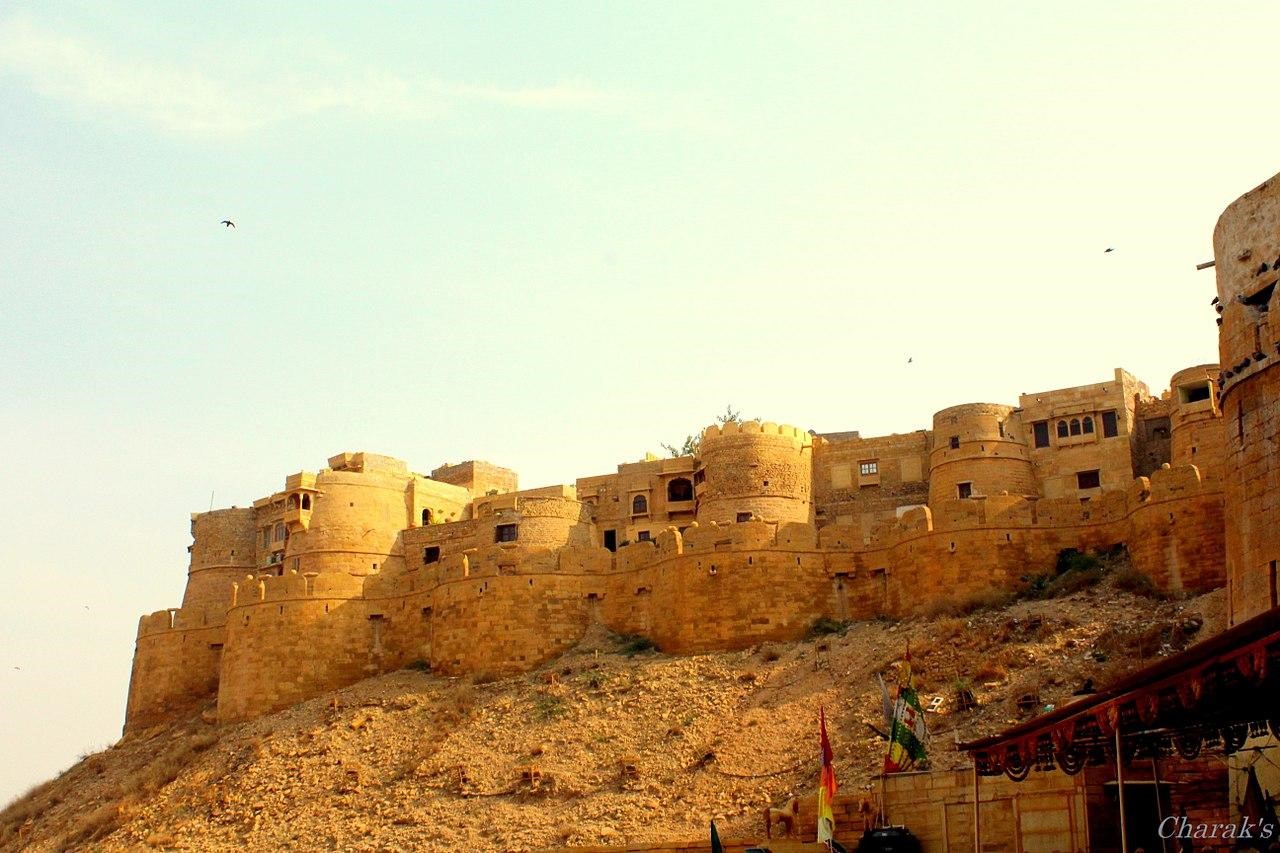
The Jaisalmer Fort of Rajasthan stands at the heart of the Great Thar Desert of India.
Mahi Durg or Mud Fort: This type of fort is protected by earthen walls and ramparts. Walls constructed of bricks and stones can also come under this category.
Jala Durg or Water Fort: This type of fort is surrounded by water bodies which could either be natural (sea or rivers) or artificial (moats, artificial lakes etc.)
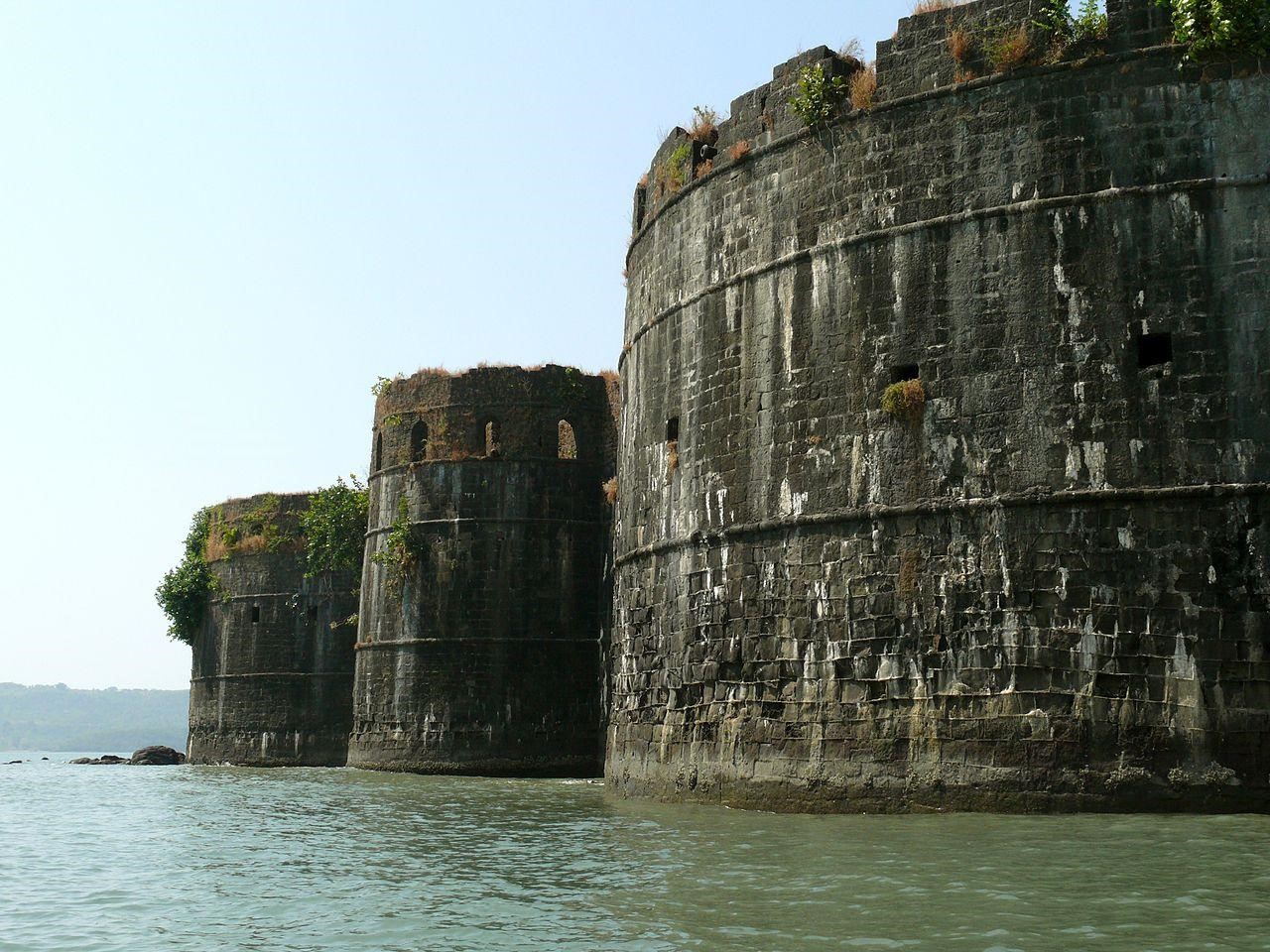
The Murud Janjira Fort of Maharashtra is surrounded by the Arabian sea on all sides.
Giri Durg or Hill Fort: This type of fort is situated on either the summit of a hill or a valley that is surrounded by hills.
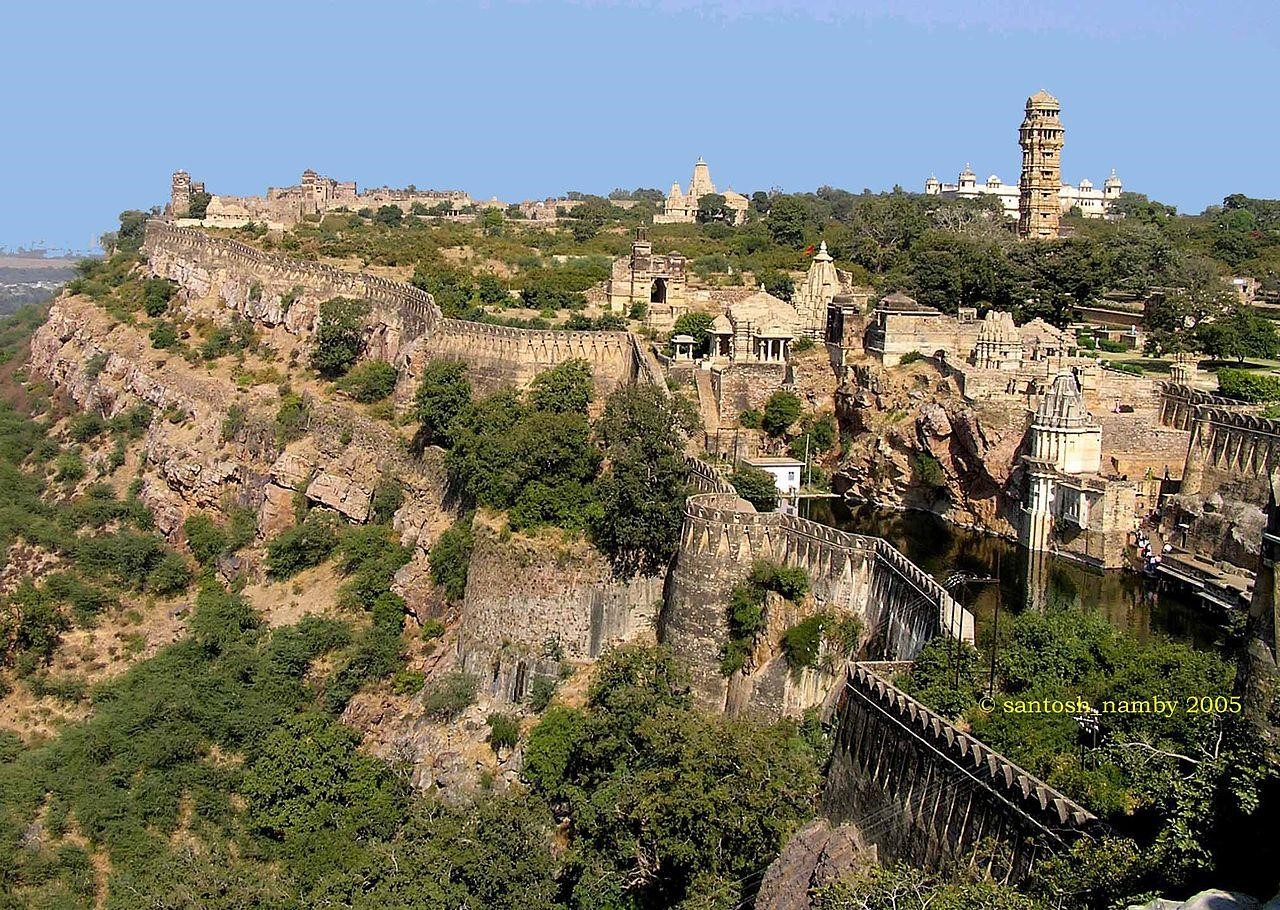
The Chittorgarh Fort of Rajasthan is the largest hill fort of the state standing on a hill that is 180 metres high.
Vriksha or Vana Durg, or Forest Fort: This type of fort has a thick forest cover as a preliminary line of defense.
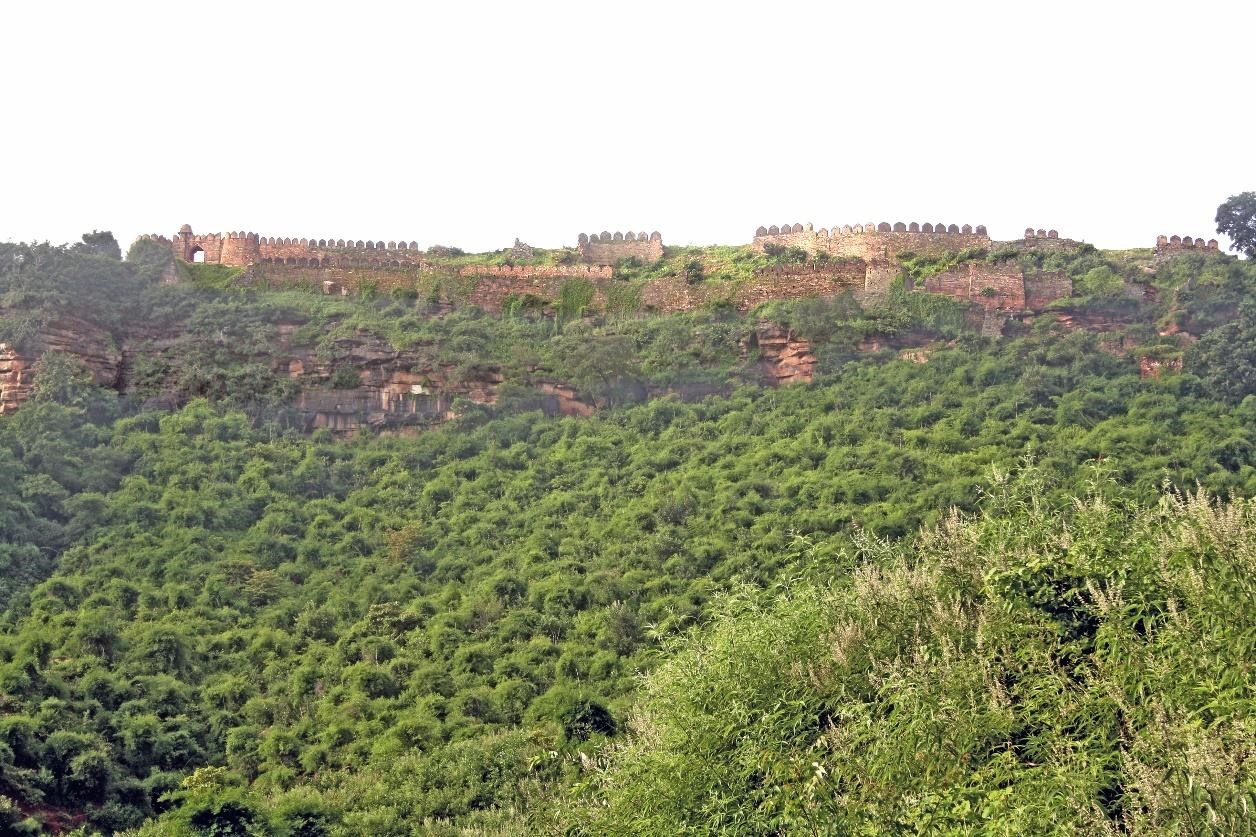
The Kalinjar Fort of Uttar Pradesh is surrounded by a thick cover of forests.
Nara Durg or fort protected by soldiers: This type of fort primarily relies on man-power, i.e., a strong army to defend itself.
Many a time, the forts of India display a combination of these categories. For example, the Jaisalmer Fort is also a hill fort in addition to being a desert fort. The Kalinjar Fort is a Giri Durg as well as a Vana Durg. The Gagron Fort of Rajasthan combines the features of a water fort and a hill fort.
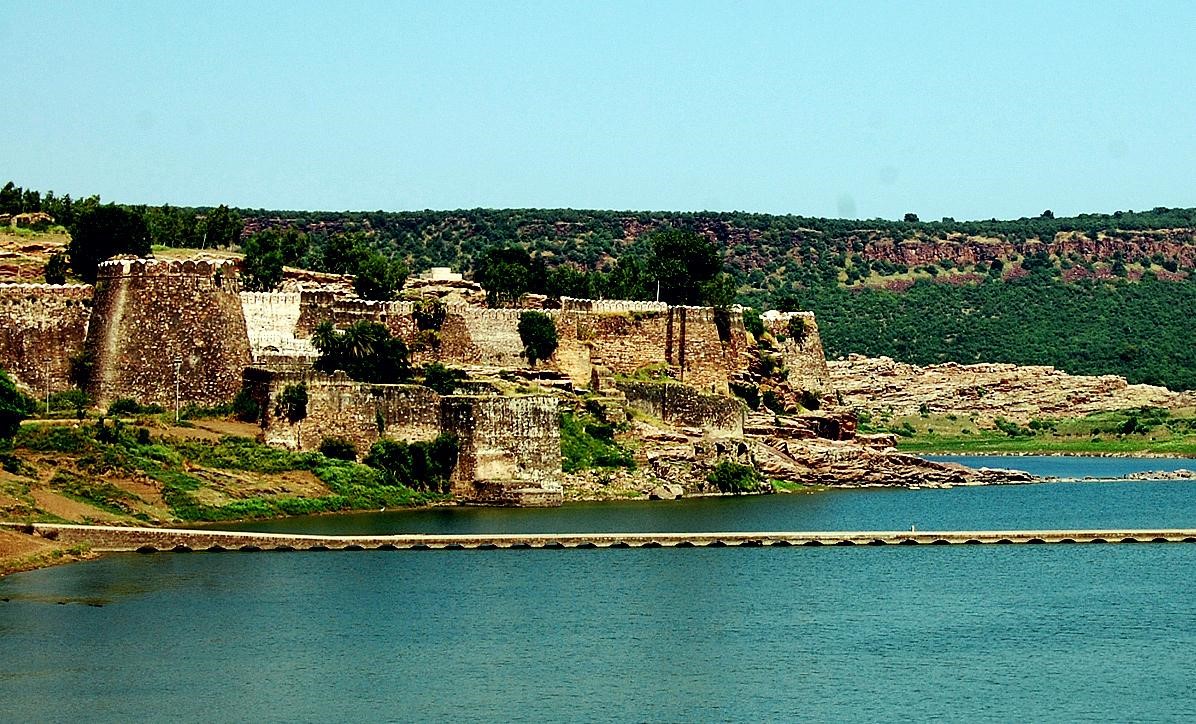
The Gagron Fort of Rajasthan- a water fort as well as a hill fort.
Although this classification dates to the ancient period and is a conventional grouping, it still is valuable in understanding the forts of India as it is rooted in an inherent understanding of the topography of the subcontinent.
Apart from this traditional grouping which is mainly based on the topography of the fort sites, forts of India can also be placed under categories that are based on utility.
Palace Forts
Fort complexes often include palaces or residential quarters of the royal family and the nobility. Sometimes, a fort can stop being an active military outpost (due to a variety of reasons including a shift of capital, change of boundaries of the empire etc.) and acquire the primary character of an administrative and residential centre. At other times, forts can act as both strategic military stations as well as residential centres. Many Indian forts have beautiful palaces that exhibit great architectural grandeur.
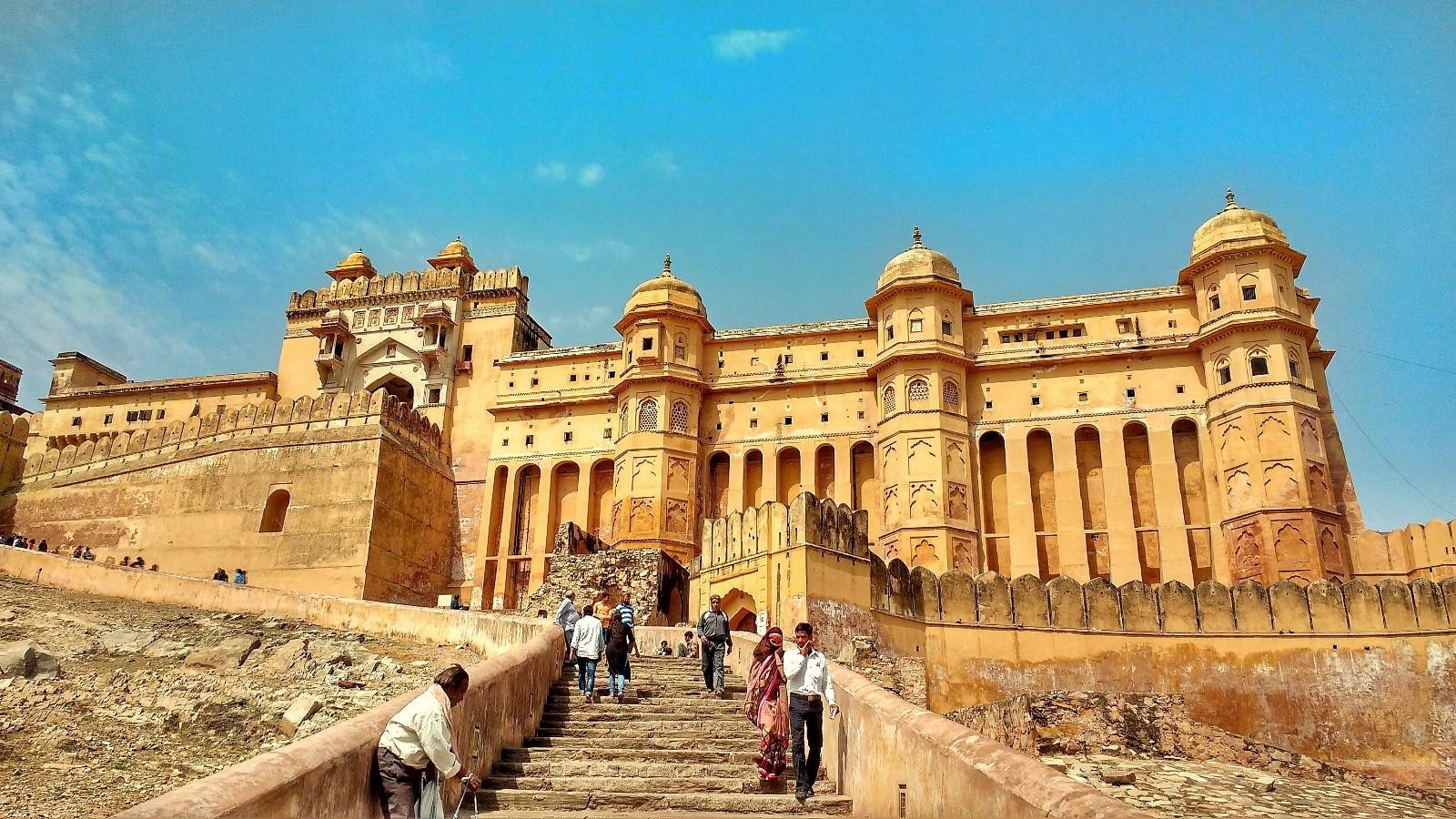
The Amer Fort of Rajasthan is also known as the Amer Palace because of the magnificent civilian structures and residential palaces included within this fort complex.
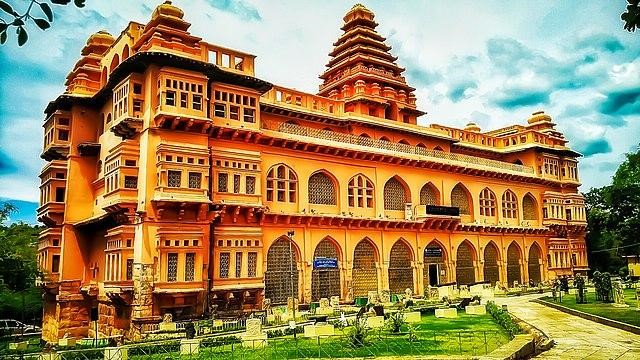
The Chandragiri Fort complex of Andhra Pradesh contains a beautiful royal palace known as the Raja Mahal.
City Forts
When forts are built, they often attract populations from faraway regions and develop a social economy around themselves. This may result in the coming up of entire cities near the forts. In other instances, cities which already existed were enclosed within fortifications and defensive walls for their protection. Such complexes often included schools, areas of worship, residential quarters, palaces and agricultural farms to sustain the populations through wars.

Firoz Shah Tughlaq established the fortified capital of Delhi called Firuzabad in the mid 14th century. It is included in the Firoz Shah Kotla complex today. Kotla literally means a fort or a citadel.
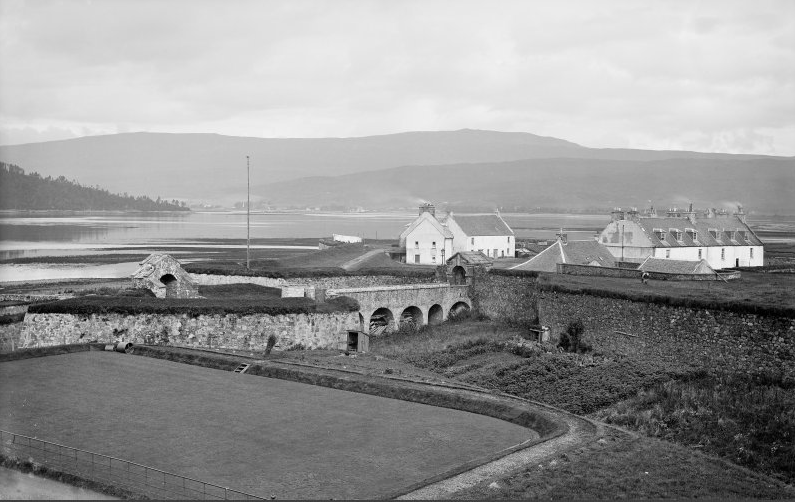
The English East India Company built Fort William after acquiring the zamindari of the three villages Sutanati, Kalikata, and Govindpur. These villages developed into the city of Calcutta after several merchants and bankers were attracted here by the new-found opportunities.
Trading Forts
Forts were also constructed as centres of commercial and financial activities. Sometimes, a factory erected as a warehouse or a trade link gained strategic importance and was fortified for its protection. The forts built by the European powers in India are classic examples of this type of forts.

The British fortified their factory at Madras which developed into the famous Fort St. George. It became their headquarters for the entire region of Southern India.
 Government of Indiaa
Government of Indiaa

 Recognizing the ongoing need to position itself for the digital future, Indian Culture is an initiative by the Ministry of Culture. A platform that hosts data of cultural relevance from various repositories and institutions all over India.
Recognizing the ongoing need to position itself for the digital future, Indian Culture is an initiative by the Ministry of Culture. A platform that hosts data of cultural relevance from various repositories and institutions all over India.
